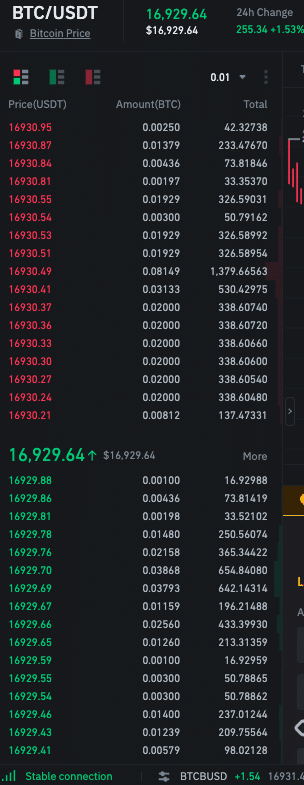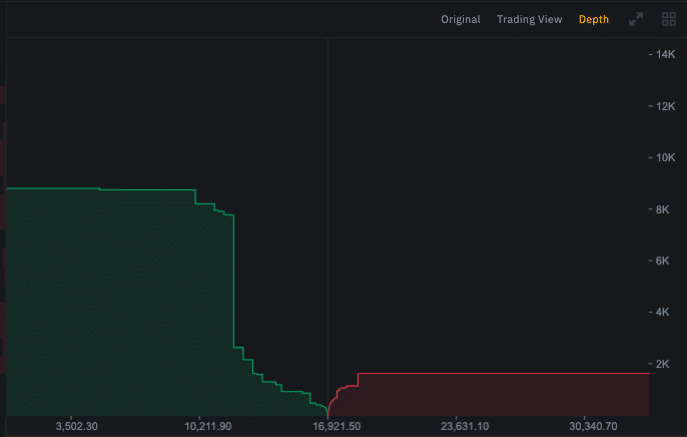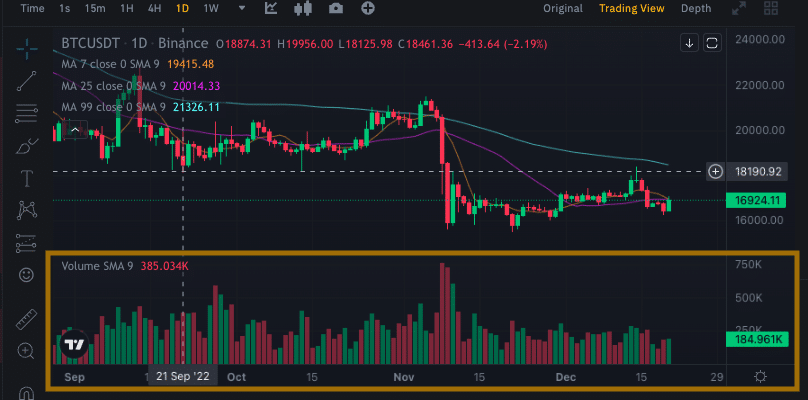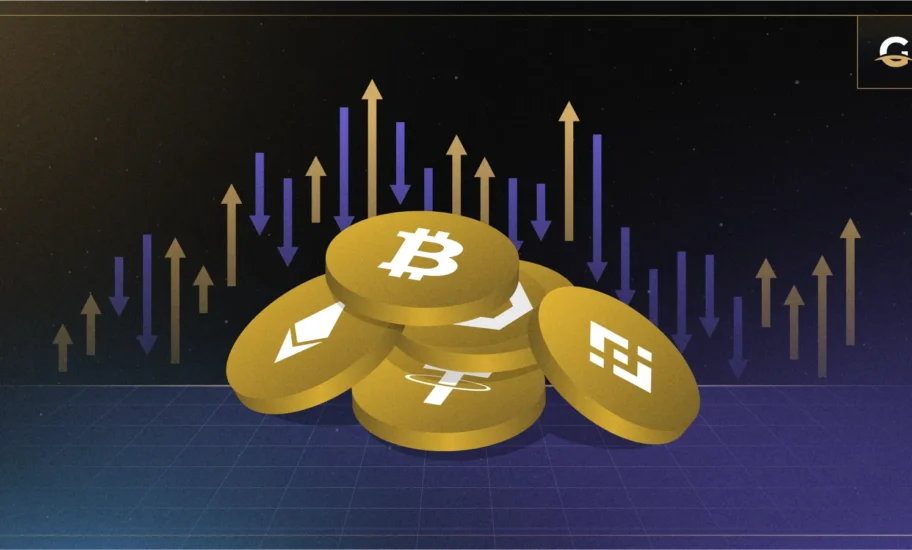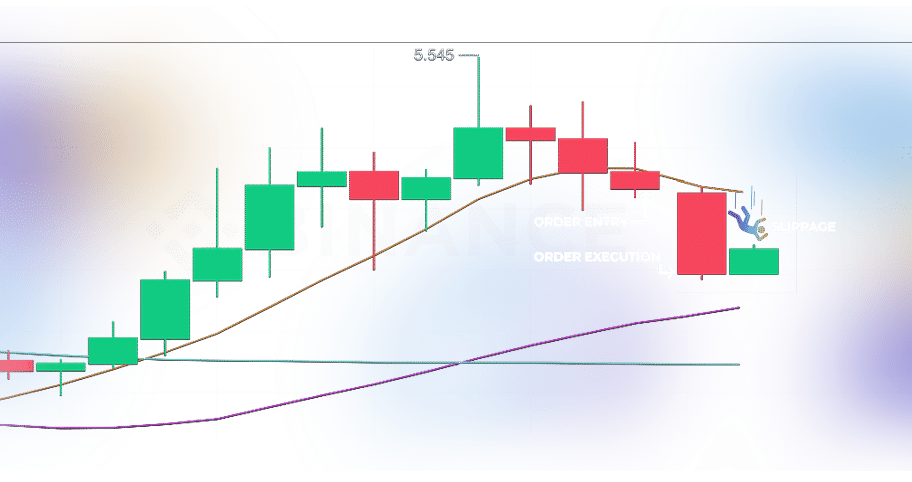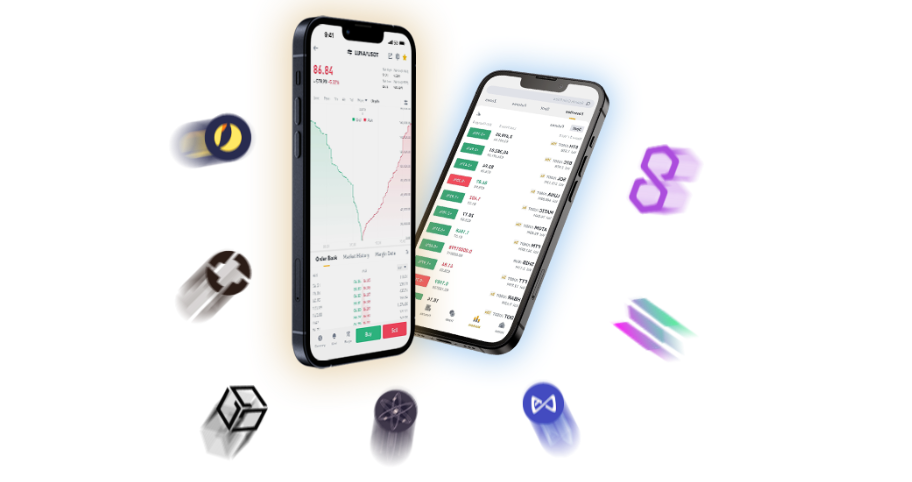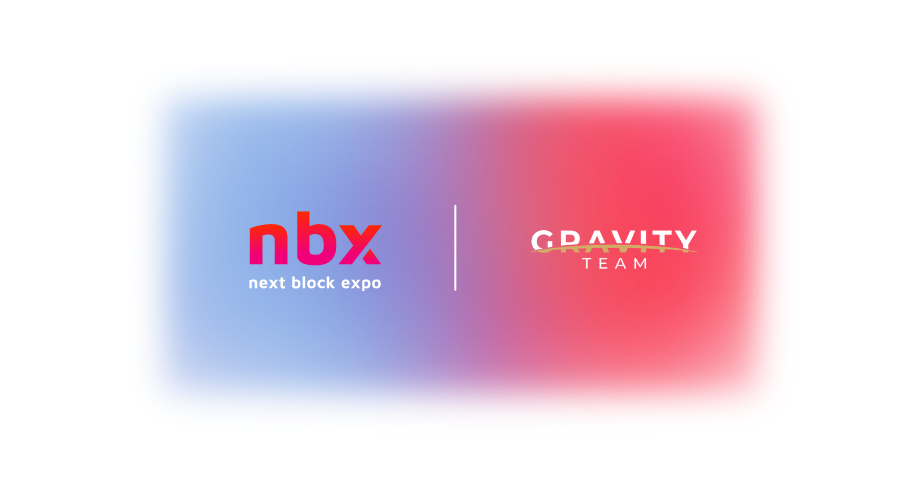
What Is Liquidity in Cryptocurrency Markets?
 10 minutes
10 minutes

Below are some of the most commonly asked questions we will cover in this article.
- What is liquidity in cryptocurrency?
- How to measure liquidity?
- Factors affecting liquidity
- Importance of crypto liquidity
- Cryptocurrency liquidity services
- What does providing liquidity mean?
- How to choose top crypto liquidity providers
What is Liquidity in Cryptocurrency?
Liquidity is a measure of how easily and quickly an asset can be traded for cash/fiat or any other token with minimal price impact.
Cash is the most liquid of all assets as it can be immediately converted into other assets. For comparison, the process of selling real estate may take several months. Also, in the case of a fine art piece, or a car, finding a buyer at the desired price point may take both time and effort(such as transaction costs).
In the case of a crypto asset’s market liquidity, it is measured by the ease with which, in the absence of new information affecting the asset’s fundamental price, large volumes of the asset can be sold or bought quickly at a reasonable price.
Low liquidity implies difficulty in buying or selling an asset. Even if the trade occurs, there is a significant impact on its price. Good liquidity of a trading pair reduces the perceived risk of transacting, thus positively influencing the willingness of traders and investors to enter the market.
Example
Imagine a scenario where Tom wants to sell 1,000 of XYZ crypto for $15,000, thus valuing 1 XYZ at $15.
However, currently, in the market, there are only enough buyers at the price points and volumes as follows:
- 250 XYZ at $15.0 a piece, followed by
- 500 XYZ at $14.0, and
- 250 XYZ at $13.5.
Thus, Tom can either wait and hope for a buyer to come through at the desired price point or sell at the current market prices totaling $14,125, losing $874 or 5.83%.
However, if the market was liquid due to the popularity of the asset or thanks to the involvement of market makers, all else being equal, price slippage would be minimal.
What is Exchange Liquidity?
An exchange market liquidity is the ease of buying and selling cryptocurrencies on a platform at a fair price. A highly liquid market would imply many traders willing to buy and sell from each other, and a deep order book with enough volumes to cater to numerous buy and sell requests.
How to Measure Liquidity?
There are a few indicators that can help assess the liquidity of a market, such as:
- Transaction cost measures such as bid-ask spread
- Volume-based measures relating to breadth and depth
- Equilibrium price-based measures that assess resiliency
- Market-impact measures that aim to distinguish between price movements due to their level of liquidity from other impacts, such as the arrival of new information or market conditions, to assess both resiliency and speed of price discovery.
In this introductory article, we will discuss the first two measures while keeping in mind that liquidity measurement is a bit more complicated than that.
Transaction Cost Measures
Bid-Ask Spread
The difference between the lowest ask price on the order book and the highest bid price on the order book is called the bid-ask spread. Below is a screenshot of the order book with bids and asks.
A high bid-ask spread is a characteristic of illiquid markets, and conversely, high liquidity implies a narrow(er) spread. Conversely, a low bid-ask spread signifies that buyers and sellers can find their expected market prices. It also signals good liquidity in the market as traders can transact during changing market conditions while maintaining a low difference in bids and asks.
Volume-Based Measures
The volume of the transactions is one of the key indicators of market liquidity. Market breadth is assessed by the existence of both numerous and large orders in volume with minimal transaction price impact. Such orders are often split into smaller ones to minimize the impact on transaction prices. The market depth is measured by a wide range of orders.
Trading Volume
The trading volume of a crypto-asset pair traded over an exchange within a set time period (typically measured over 24 hours) is called the trading volume of that market. It can be measured per any time frame, such as minutes, hours, days, or months, as per the example below.
High trading volumes indicate a greater number of participants willing to buy or sell in the market, indicating higher market liquidity.
Binance, with a $12 billion trading volume over the last 24 hours at the time of writing, is the largest crypto exchange in the world. Besides Binance, there are 533 other exchanges, according to CoinMarketCap. While markets with high trading volumes are attractive to traders, it is crucial to be aware of manipulative strategies such as wash trading that create fake trading volumes to generate buzz around crypto projects or increase trade volume over an exchange. Thus, choosing your crypto exchange wisely is essential, considering its reputation and trustworthiness.
Factors Affecting Liquidity
Liquidity can be affected by several factors, such as:
- Exchange trustworthiness & popularity: Large and well-known exchange platforms attract more traders due to the trust and security they offer. As a result, such platforms tend to have higher liquidity levels compared to smaller exchanges.
- Regulations: Countries with more-welcoming crypto regulations (e.g., Portugal) attract more traders vs. countries with stricter/less favorable regulations (e.g., India).
- Market Events such as a financial crisis can drastically impact liquidity by affecting trader mindset to exit their positions quickly. The recent case of the FTX bank run and crash, while initially increasing the trading volumes, has led to lower liquidity and decreased order book depth as traders and market makers pull liquidity off the platforms and employ a wait-and-see approach.
The "Alameda Gap" in crypto liquidity could be felt for a long time.
Over the past week, #BTC market depth has plummeted across exchanges. pic.twitter.com/rQEIVKR9sr
— Kaiko (@KaikoData) November 15, 2022
Cryptocurrency Liquidity Services
For cryptocurrency projects and exchanges looking to improve their liquidity, partnering with a crypto liquidity provider and a crypto market maker could be the perfect solution.
What Does Providing Liquidity Mean?
Liquidity Provision is the act of supplying liquidity for both sides of the trading pair at predetermined spread levels, among other parameters. Liquidity providers act as intermediaries, similar to wholesalers in the logistics industry. They hold large quantities of inventory of defined trading pairs and, thus, can facilitate big and small trades whenever a buyer or seller wants to transact in the market.
How to Choose a Top Crypto Liquidity Provider?
Choosing a good liquidity provider is a vital task as it will help ensure healthy liquidity levels, regardless of market conditions, at the predetermined service levels for the defined crypto asset trading pairs.
It is also a sound strategy to partner with not just one but several top liquidity providers. Such an approach will ensure continuity in case of any single point failure (e.g., Alameda) and allow broader market coverage across various trading pairs and many exchanges around the globe. Please see our article for more information on choosing a top crypto liquidity provider.
How Gravity Team Can Help with Delivering Crypto Liquidity
Gravity Team is an experienced crypto market maker and crypto liquidity provider. Having started our operations in 2017 as a crypto-native firm, we are integrated with ~30 leading and local crypto exchanges across the globe. We offer best-in-class algorithmic execution systems that are low-latency, 24/7 functional, and can manage hundreds of thousands of orders.
Are you interested in discussing more? Then, get in touch with our team to learn more about how Gravity Team can improve your token’s liquidity!
Contact Us
We are always open to discussing new ideas. Do reach out if you are an exchange or a project looking for liquidity; an algorithmic trader or a software developer looking to improve the markets with us or just have a great idea you can’t wait to share with us!


